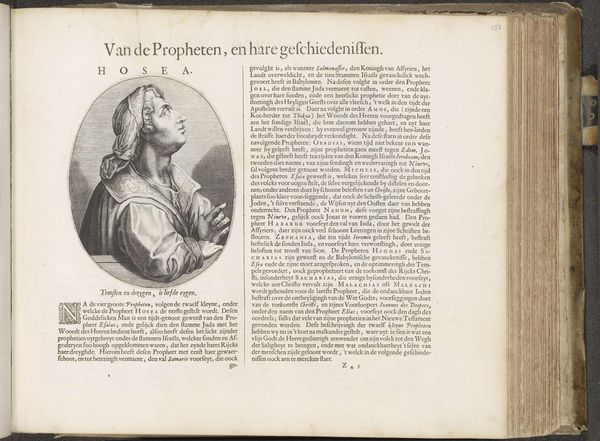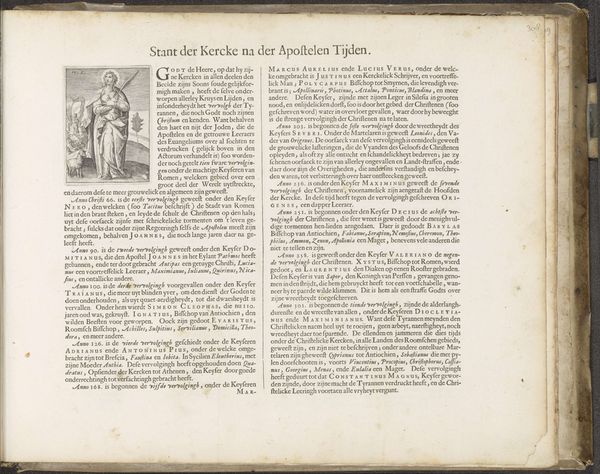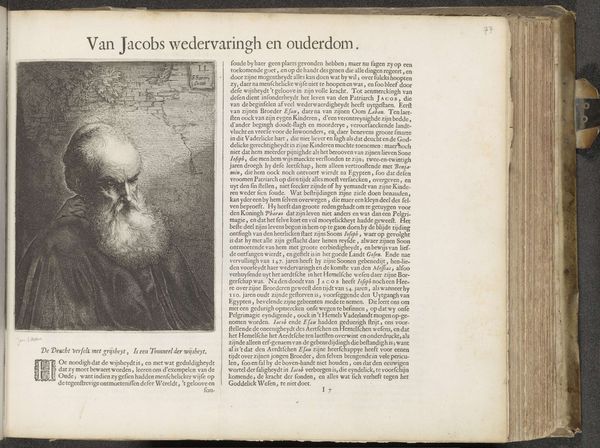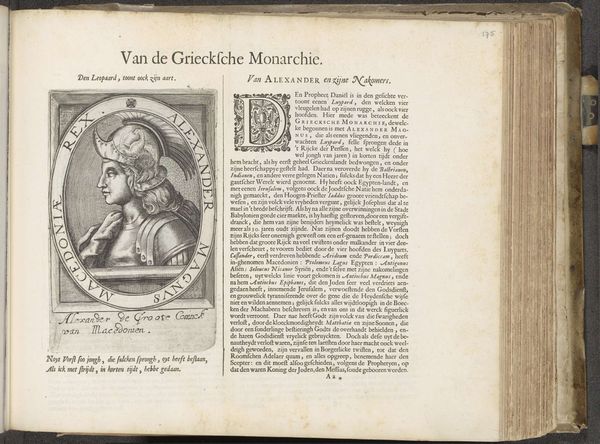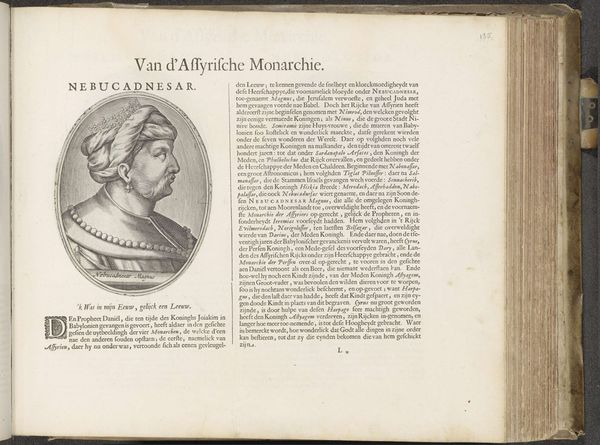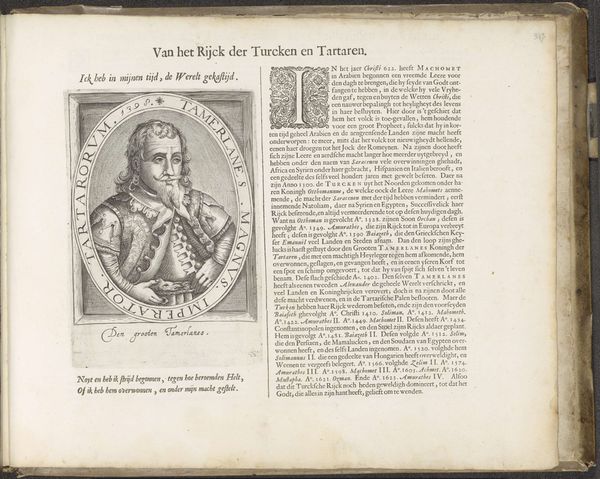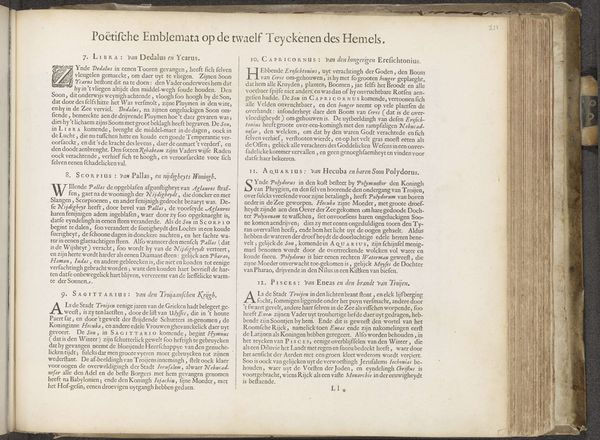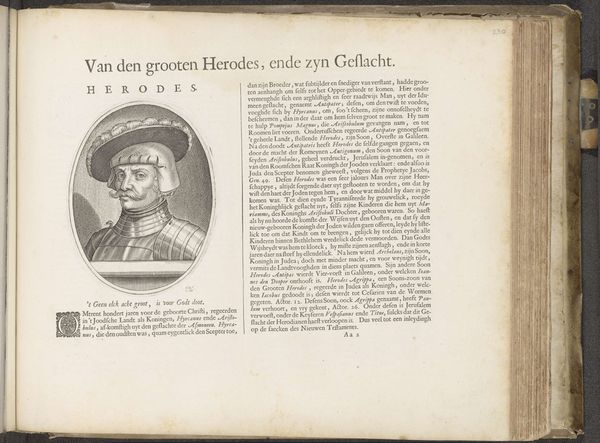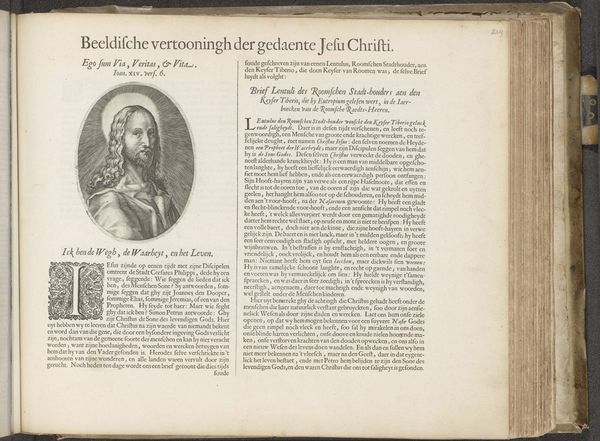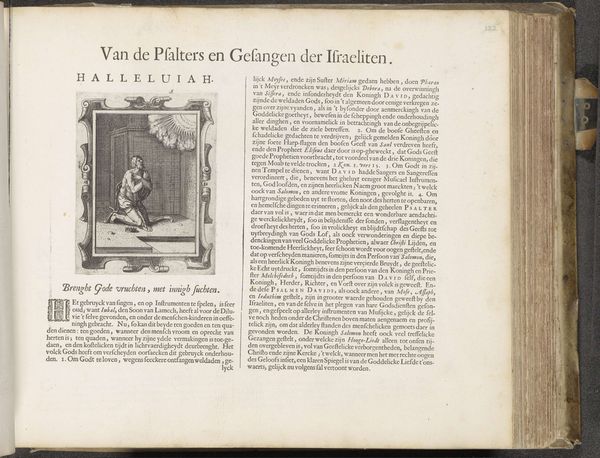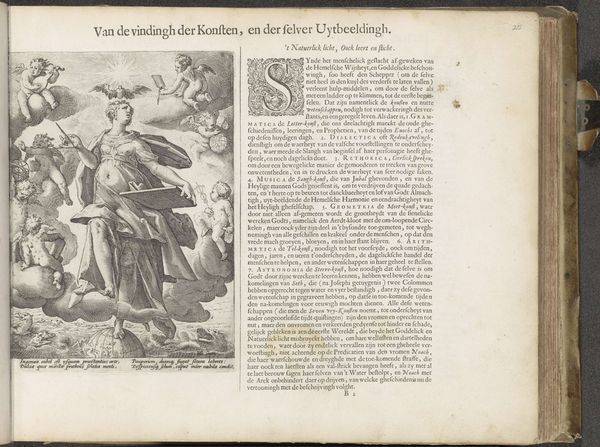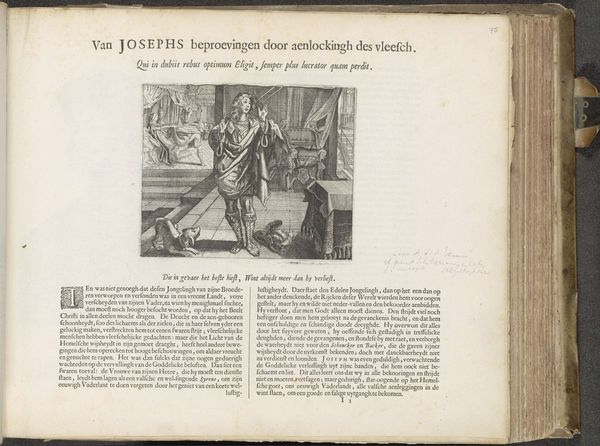
print, paper, engraving
#
portrait
#
medieval
#
baroque
# print
#
paper
#
coloured pencil
#
engraving
Dimensions: height 147 mm, width 113 mm, height 294 mm, width 370 mm
Copyright: Rijks Museum: Open Domain
This print of the prophet Elisha was created by an anonymous artist, sometime in the 17th century. As an engraving, it's made through a meticulous, physically demanding process. The artist would have used a tool called a burin to carve lines directly into a copper plate. The depth and density of these lines determine the tones of the image, from the fine hatching that models Elisha's face, to the bolder strokes defining his robe. Ink would then be applied to the plate, wiped away from the surface, and then pressed onto paper. The result is a striking image, but one made possible by considerable skilled labor. Each line is a testament to the engraver’s hand, and of course, to the broader social context of printmaking in the early modern era. The mass production of images made possible the spread of religious and political ideas across Europe, reflecting both the power of skilled craftsmanship and the burgeoning culture of information. This print reminds us that even seemingly simple images are the product of complex social and material processes.
Comments
No comments
Be the first to comment and join the conversation on the ultimate creative platform.

